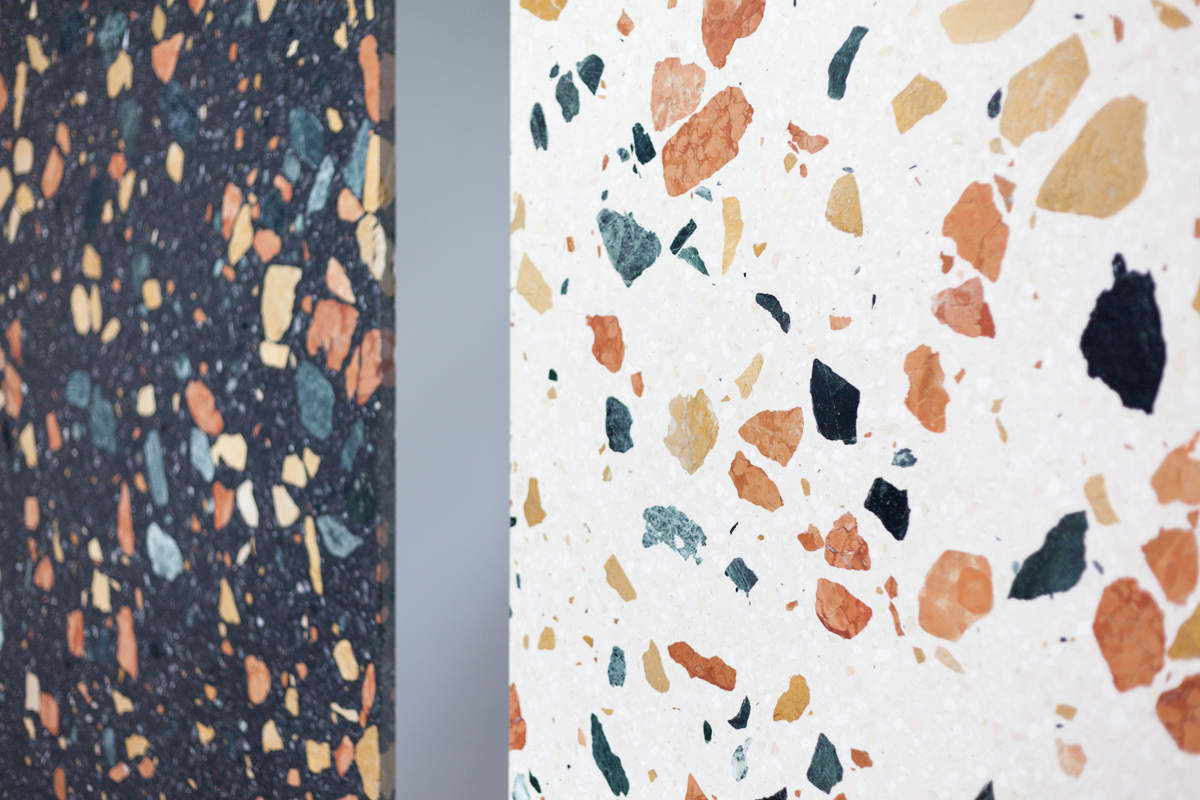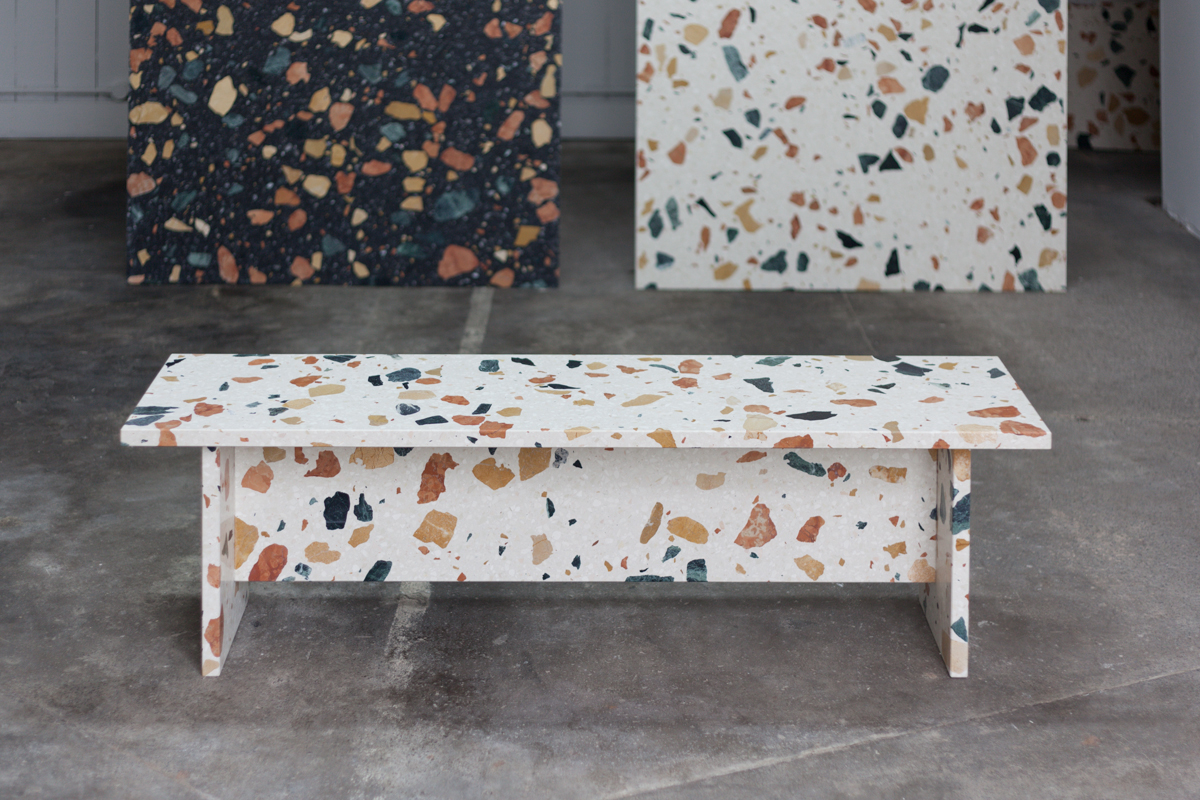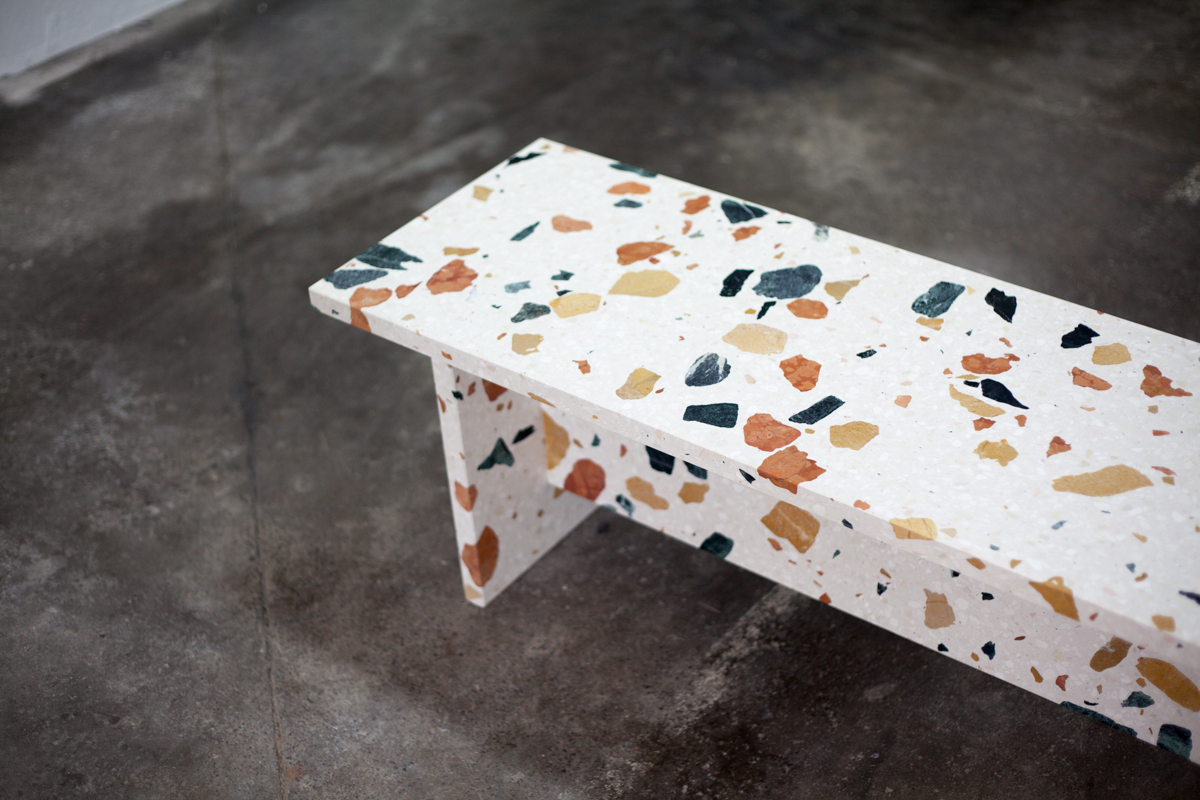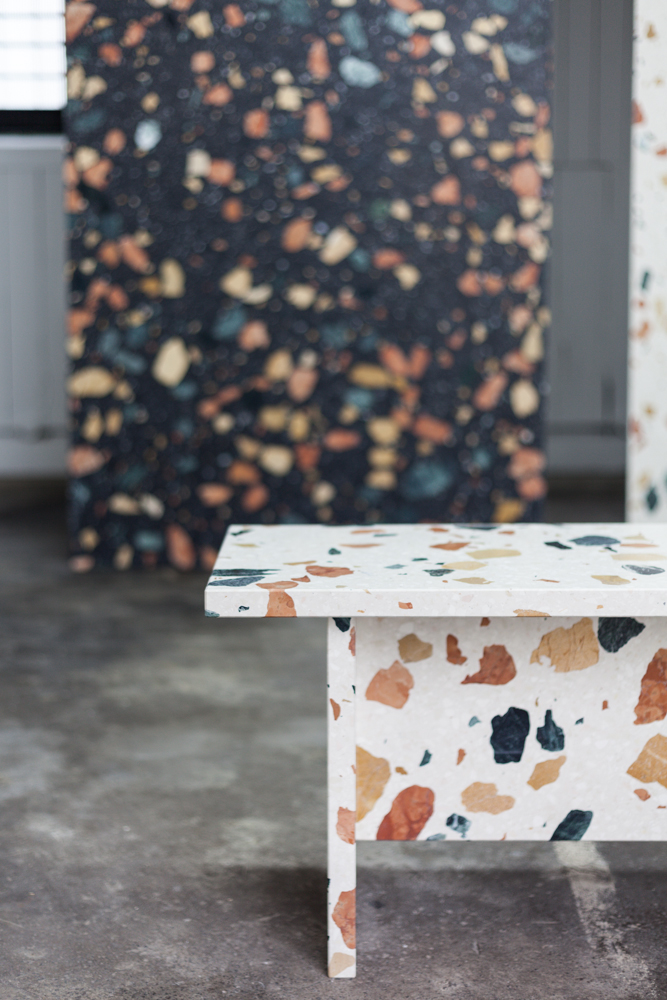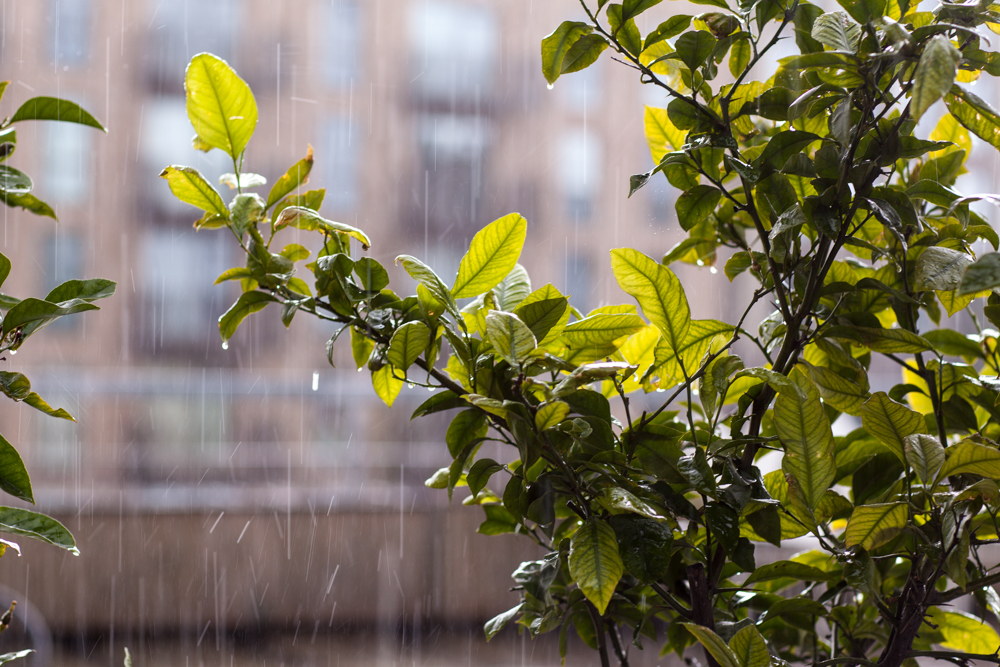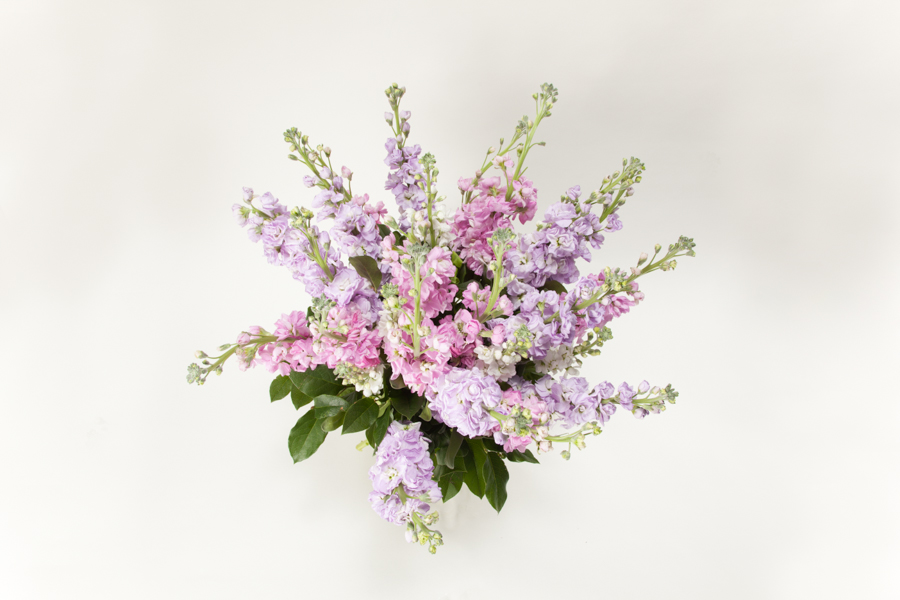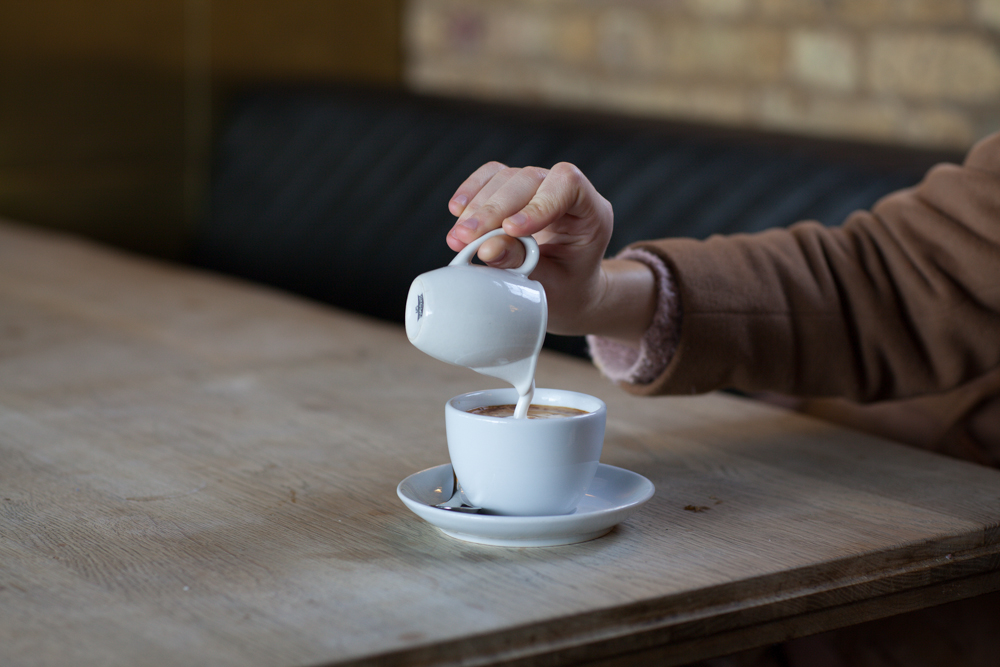Soft Summer Light
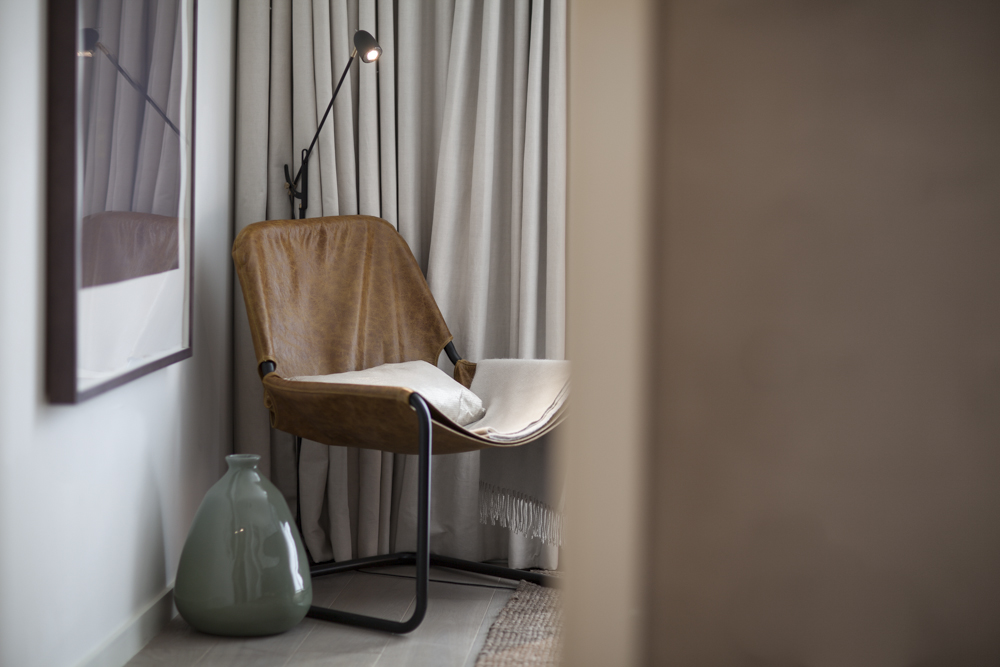
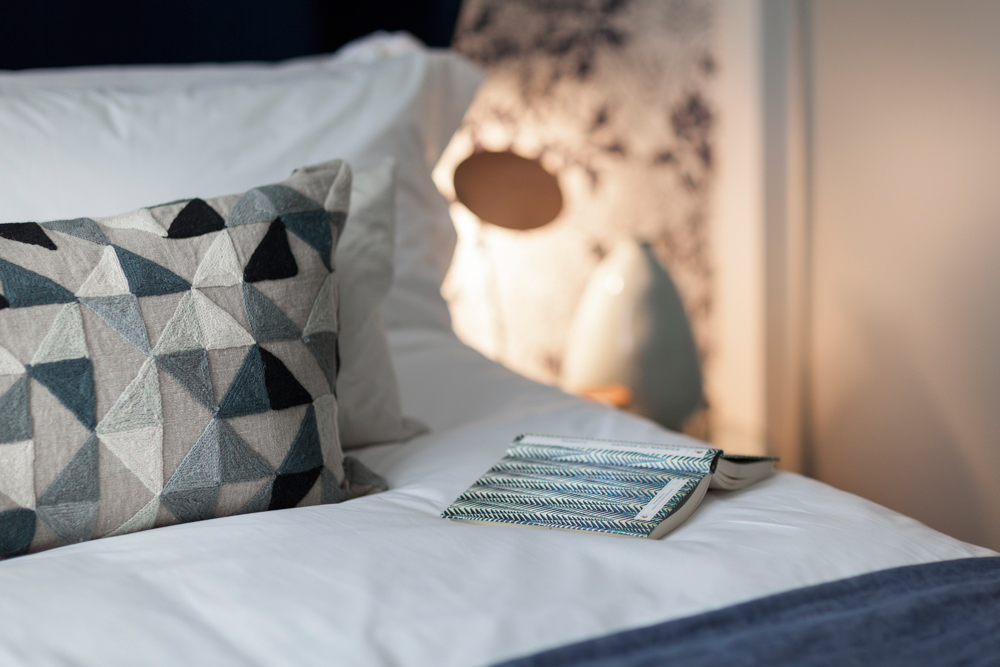
Summer light always comes as a relief, making everything look fresher, but it is also quite challenging, with the constant soft-box-like cloudy sky replaced by an ever changing weather, twisting the whole mood of a room in a flash, again and again.
Portrait/Interview:
Jacopo Sarzi
The guests of this Portrait/Interview issue are Jacopo Sarzi & Ariana Mouyiaris.
Jacopo Sarzi describes himself as a designer using digestion as a process and food as a tool. He talks to Ariana Mouyiaris about food design, backyard pizza and handblown cocktail glasses, and using performative events as ‘open-plan research spaces’.
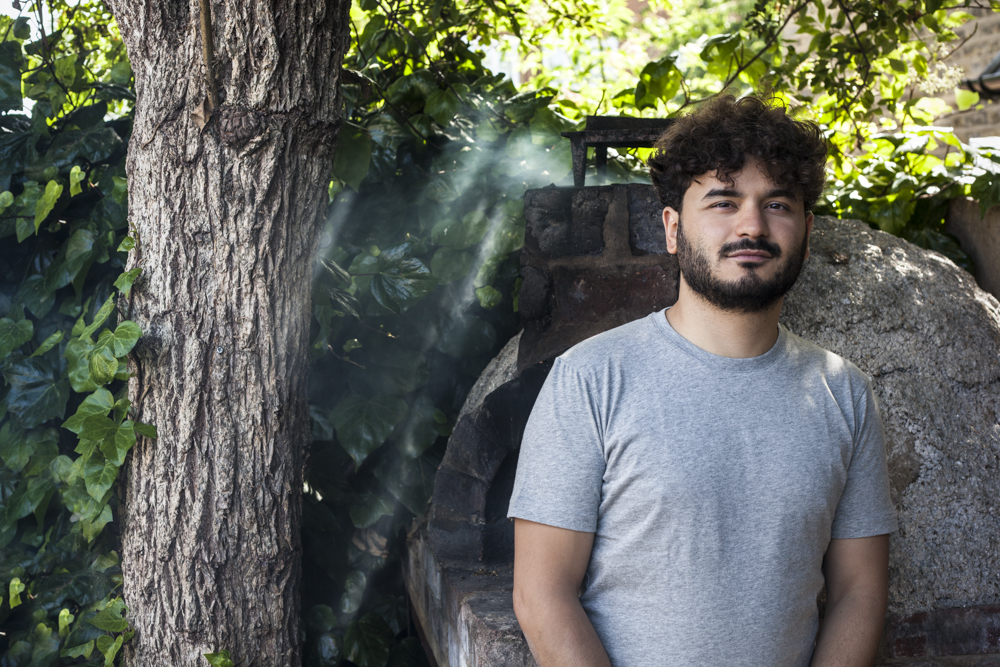 Jacopo Sarzi and his pizza oven
Jacopo Sarzi and his pizza oven
Can you describe yourself and your practice in five words or less?
Food obsessed designer.
It seems that the history of food and material culture often inform your approach to contemporary design practice. what originally inspired you to begin working with
and in relation to food?
Perhaps my personal passion, and the idea of pure creation, where things could be a little crazy and unconventional as long as they would taste good…
But also the ordinary aspect of food, and the daily relation that everyone has with it.
In western society, food has become a commodity. We consume it more than once at day, quality food its relatively democratic if compared to other comsumption goods, yet carries an incredible meaning for our culture, that could also positively affect people that wouldn’t otherwise consume other kind of culture.
In regards to the history of food, well, it has to be because of my Italian origins, where a country is stuck for generations just because there are dogmas that surround the arts domaines. I guess I want [my practice] to break this line, showing that it is possible to change things while still respecting and appreciating the past.
What do you find most fascinating, challenging and satisfying in this domain?
The fact that I can work on a new project every couple of weeks, as working with food can be a very fast pace process. The project could potentially rot, if is not handeled quickly and firmly. Working with food relates to an entire environment, that is sometimes domestic, professional or industrial at other times.
I find fascinating that it can be trans-generational. It is not uncommon to have 3 or more generations seated around the dining table.
What do you love most about your pizza oven?
I love to have a pizza oven. In the first place, I used to have one in my parents’ house too, so I wasn’t new to the use of it, although here I can go crazier.
Especially, living in a city like London it feels like a real luxury to be able to spend some time in your garden baking pizzas, breads and roasts in the outdoors, and to invite a bunch of friends to share it with me those times that the sun is out!
You have been known for doing very imaginative and interactive food events and this year’s LDF saw you create a series of glassware as part of the show ‘Object Relations’. can you tell us about the project?
I have always used my performative event as an ‘open-plan research space’, where the audience would respond immediately to my inputs. It probably relates to my personal heritage coming from a family of theatre actors and directors since 5 generations, so they amused and fed me…
Now I feel those research sessions have generated enough ideas for me to develop some products for food, rather than just food for food.
The glasses are part of this phase of my work, where from my experience I try to develop products that could have an industrial or semi-industrial future, and are not just good for a unique session event. Specifically, there are 5 handblown glasses designed for specific cocktail types, such as Aperitif, Simple mixers, Crushed cocktails, Celebration cocktails and Digestives.
I guess I will get back to more performative works when I will feel the need of it… but it will happen naturally at the end of this cycle.

Twisted Glass – Twisted glass inspired by a cocktail spoon, by Jacopo Sarzi
Object Relations exhibition, London Design Festival 2015
Are there other areas in which you would like to expand your design work?
I am interested to vehiculate my experience and research towards the creation of products and produces for the whole kitchen and food environment, including crockery sets, food supports, furniture and so on.
What is of particular interest to you right now?
The creation of quality products/tools, that could last a lifetime, and give pleasure to the people who use them. Food wise, the animal and ancient aspect of food, without any styling and transformation, pure subsistence in the outdoors and natural environments.
Is there a dream project you’d like to develop (in collaboration or as a commission)? Or one you’re currently working on?
I’m working on a lifetime project: the sustainability of my own practice beyond the temporary trend for food that we are experiencing now, as I have a sincere passion for what I do. I wouldn’t like to reinvent myself as soon as this trend is over. It would be quite a dream to succeed in just this one.
Interview by Ariana Mouyiaris, an independent Creative Director and Founder of design and curating practice Haptic Thought.
Photography by Amandine Alessandra / The Interior Photographer
Ceramic everywhere
A few days ago I was invited by my friend Maria Jeglinska to see the new Nightingale tea set she was presenting at What Goes Behind / Contemporary Polish Ceramic Design at Tent London.
This could explain how, looking back at the pictures I took there, I realise that ceramic pretty much stole my attention from the rest of the show. I don’t know if there was more of it than in previous years, but that’s what really stayed with me after I left.
Here are a few images.
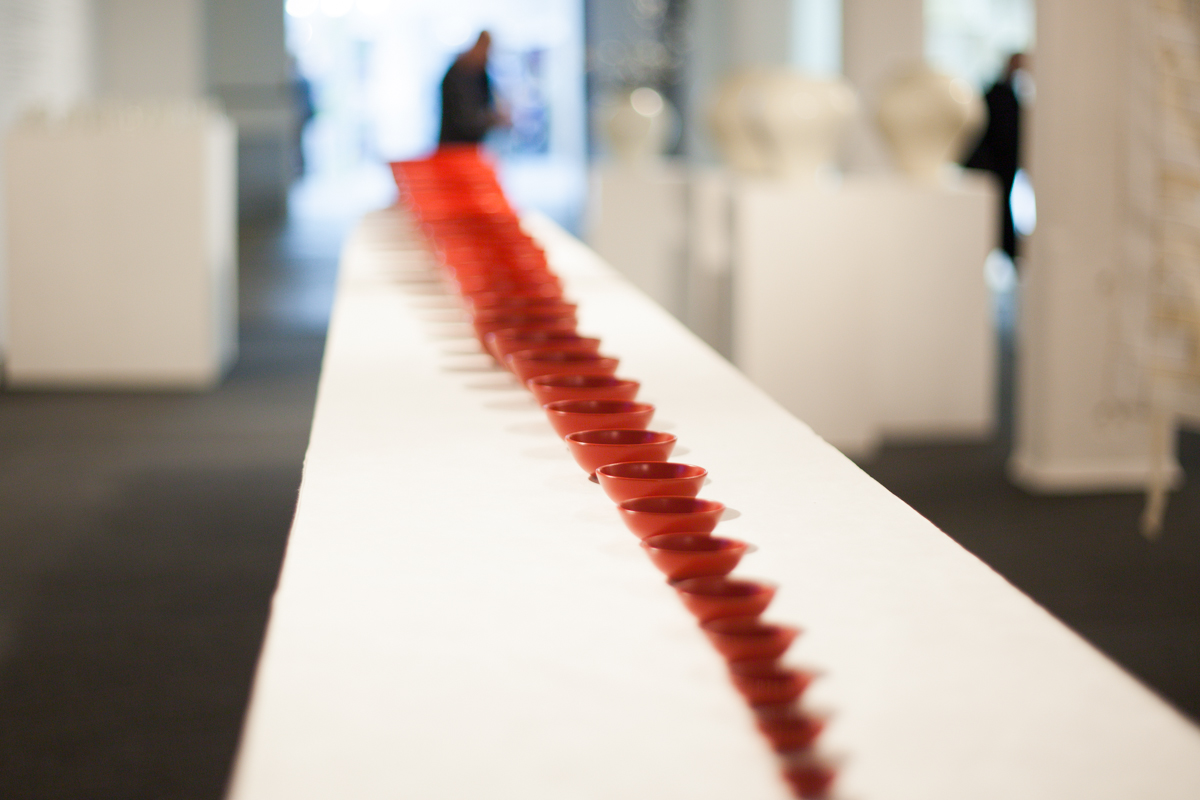
The art of Korean ceramics had quite a special place in Tent, with a show entitled Constancy and Change in Korean Traditional Crafts. Park Gang-yong’s and Jung Sang-gil’s lacquered works, pictured, particularly hit me as pieces organising the contradictory encounter of the full and the empty, of human hand and mathematical perfection.
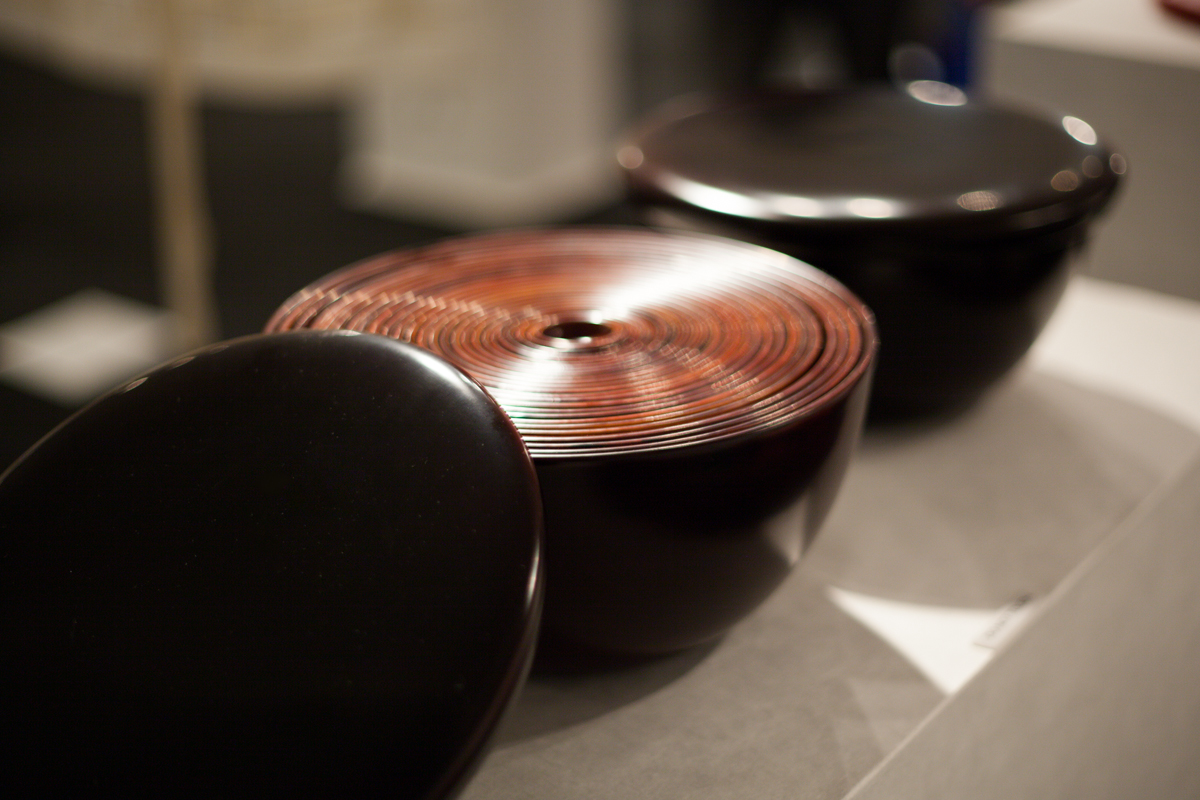
Matryoshka lacquered bowls by Park Gang Yong & Jung Sang Gil
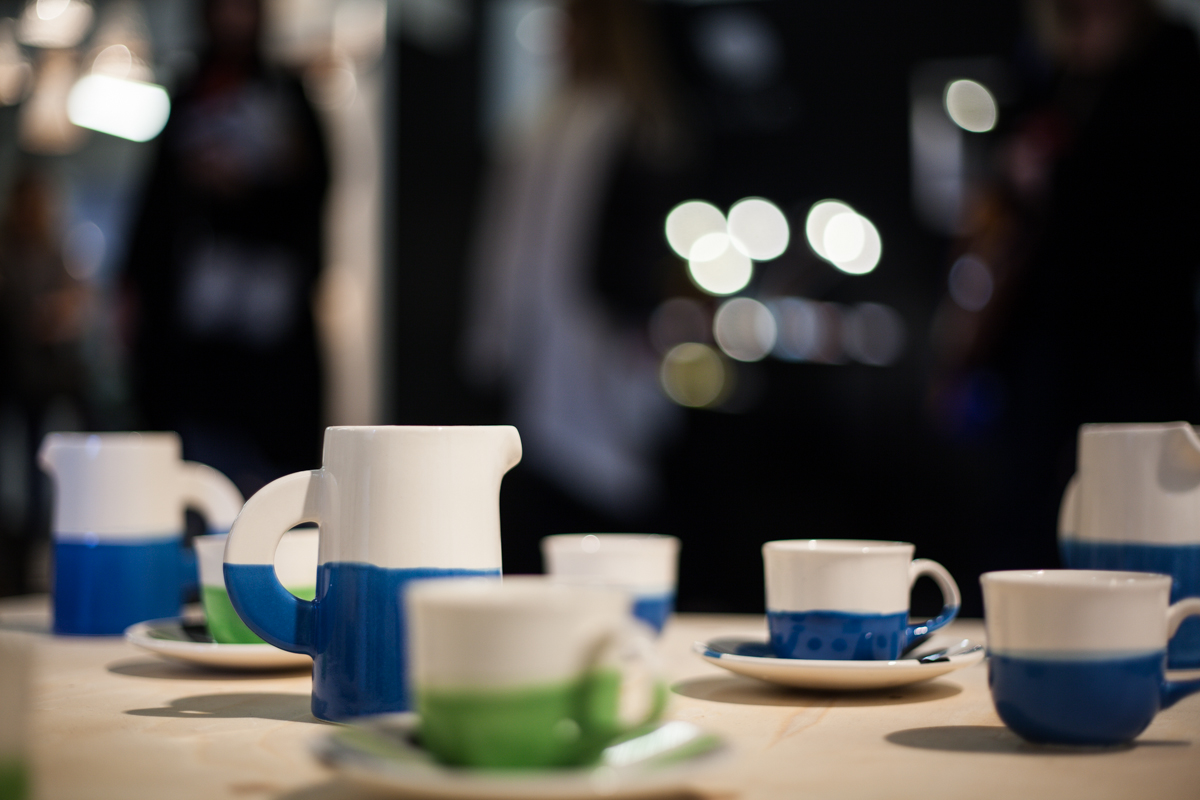
Nightingale Tea Set by Polish Designer Maria Jeglinska
I follow Maria’s daily graphic research and drawings on her Twitter account, so seeing those patterns I had seen in 2 dimensions come to life on objects had something of a through-the-looking-glass (screen?) experience. The name of the collection, Nightingale, refers to the eponymous tale by Hans Christian Andersen in which an emperor is tricked to prefer the sound of a mechanical bird to the song of the real bird. For this set, the ceramic is treated in two different ways: a mechanical process imitating a handmade pattern drawing in conversation with a hand glazed one.
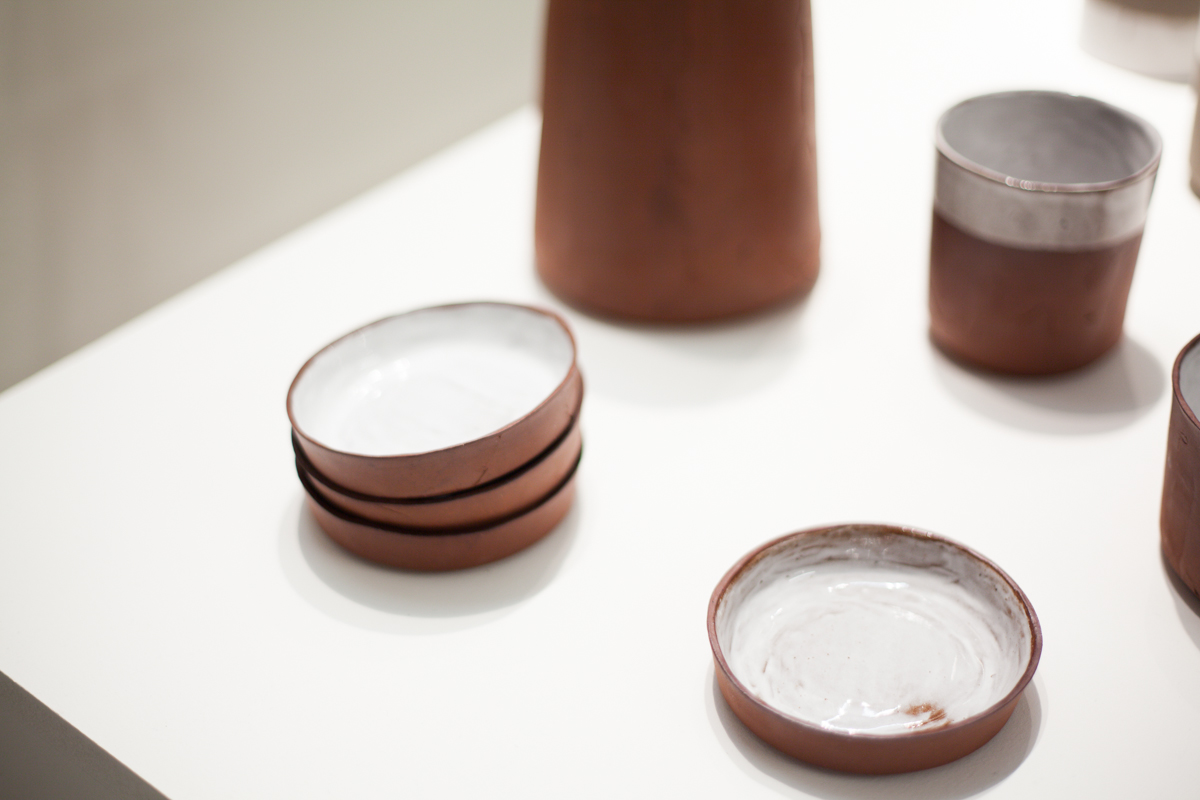
Mineral tableware (here Terracotta), by The Ceramicists
Stéphanie Sommet from The Ceramicists was the first designer/maker I photographed and interviewed for this blog, less than a year ago, so it was quite special for me to meet her again in this context. I love her Mineral collection and I’m lucky enough to be enjoying the few pieces I own of this series every single day. The press-mold technique she uses gives it that rough heaviness that makes everything it contains seem delicate.
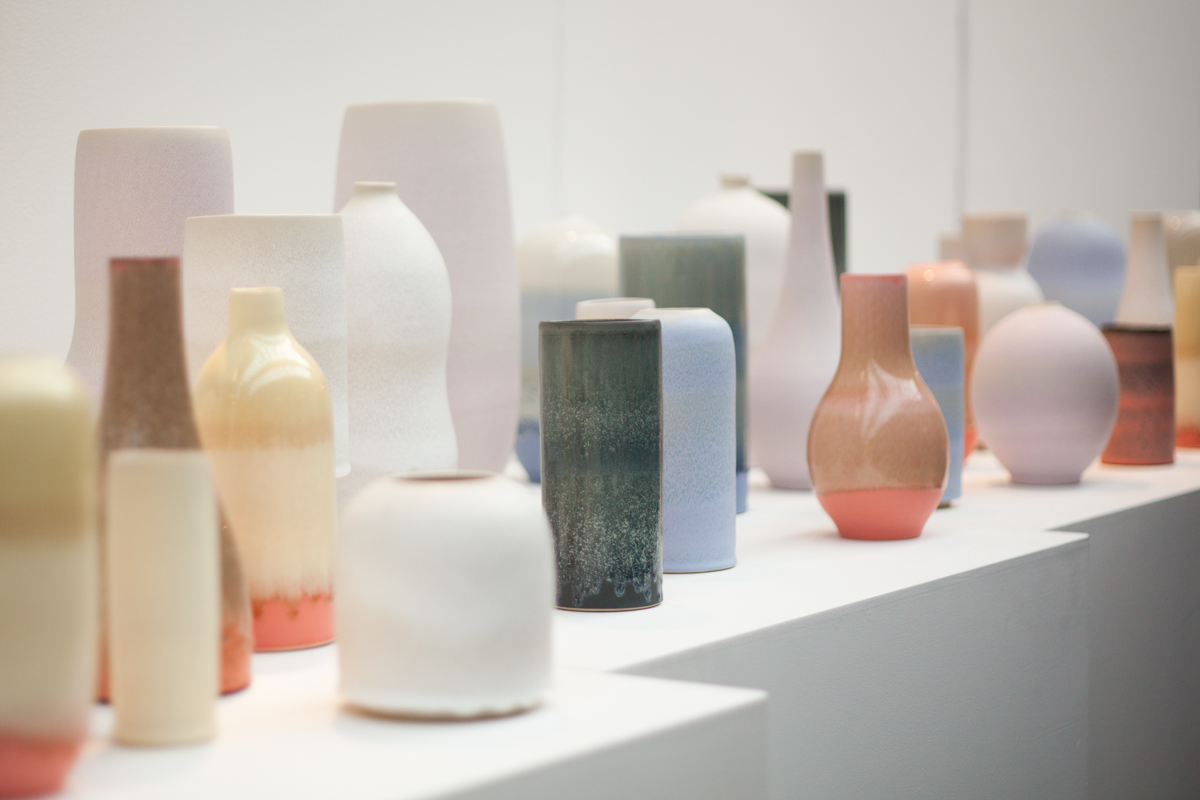
Tortus Unika by Tortus Copenhagen
The most striking thing about this collection by Tortus is how all the pieces lived together, with the shapes and textures talking to each other through a very soft palette of pale colors and lines, as if they were always meant to be seen together as an installation.
Max Lamb x Dzek Dzek = Marmoreal
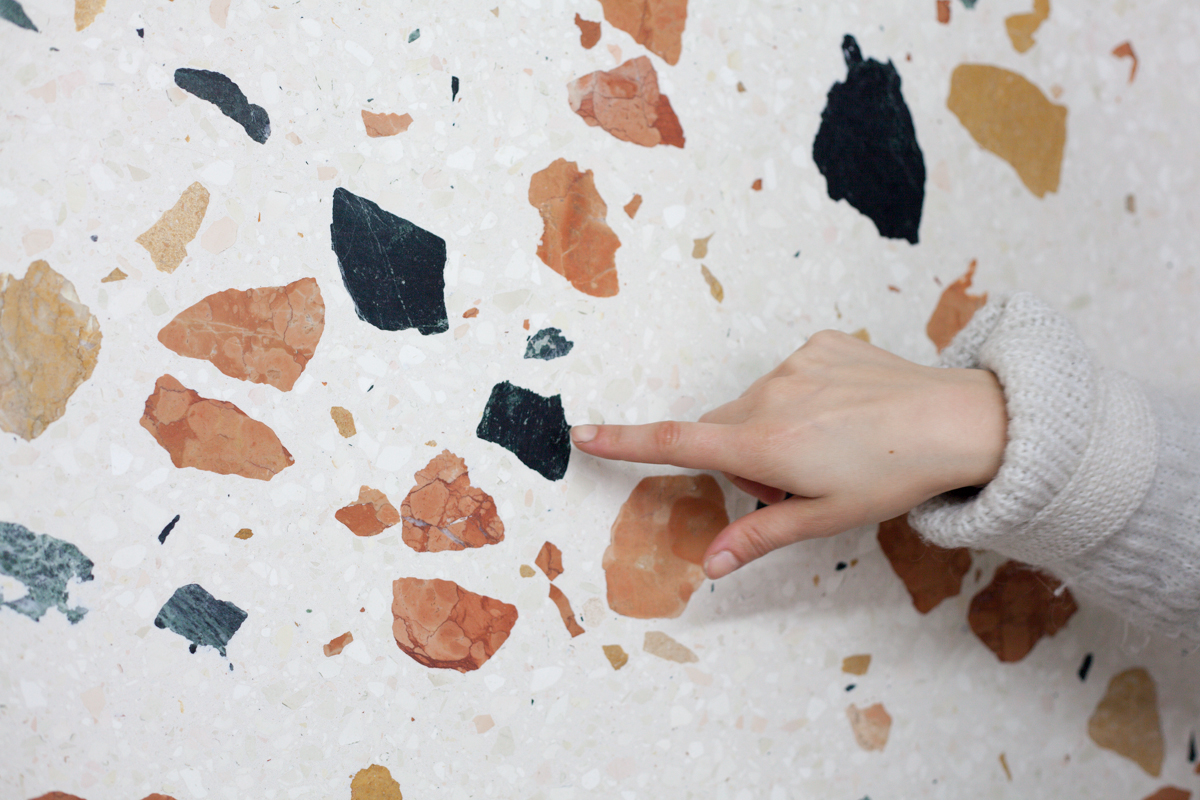
A few pictures I snapped at Max Lamb‘s show Marmoreal (like marble), brought to London by Dzek Dzekas part of the Brompton Design District, curated by Jane Withers.
Max Lamb designed Marmoreal as an engineered marble made at 99% of aggregated marble; it can be used both as large continuous surfaces or as tiles, of which the lines merge into the irregular pattern.
You may find the motif familiar as it’s being used for a capsule collection between Maison Kitsuné and Marmoreal, reflecting the French label’s new David Hockney-esque interior (a custom version, with two colours of marble instead of three) on the Boulevard des Filles du Calvaire in Paris.
What was presented in BDD was both the actual material and pieces of furniture made of it, both designed by Max. Creating the raw material you’ll be designing with, sounds like a designer’s dream—right from dust to something beautiful and usable.
